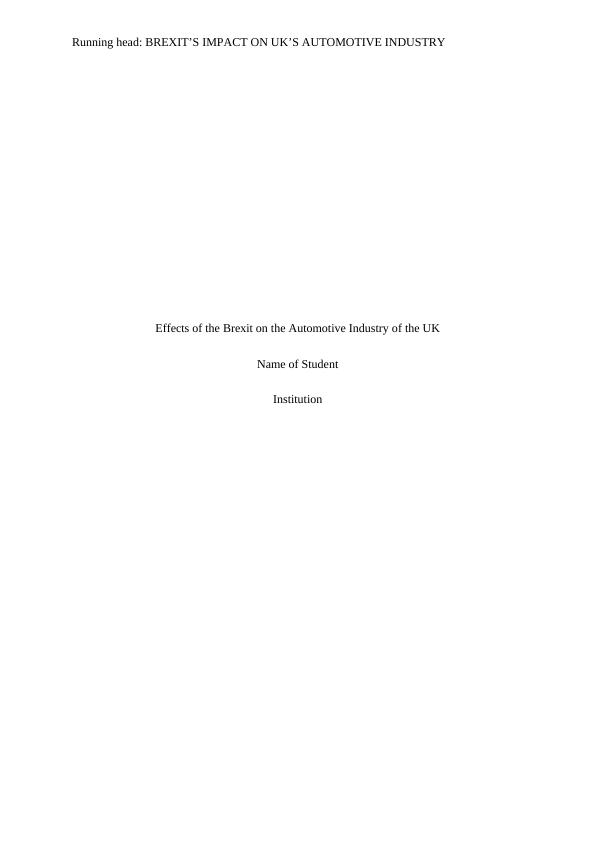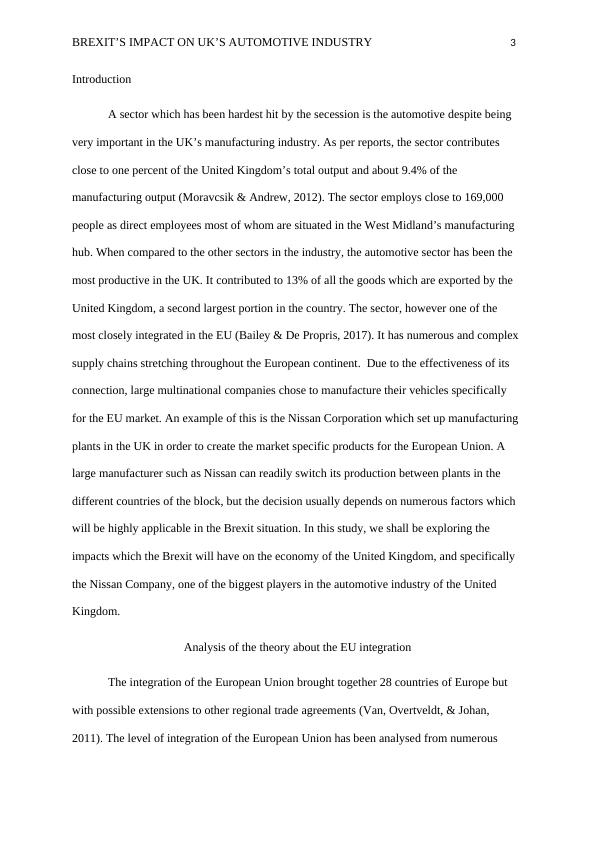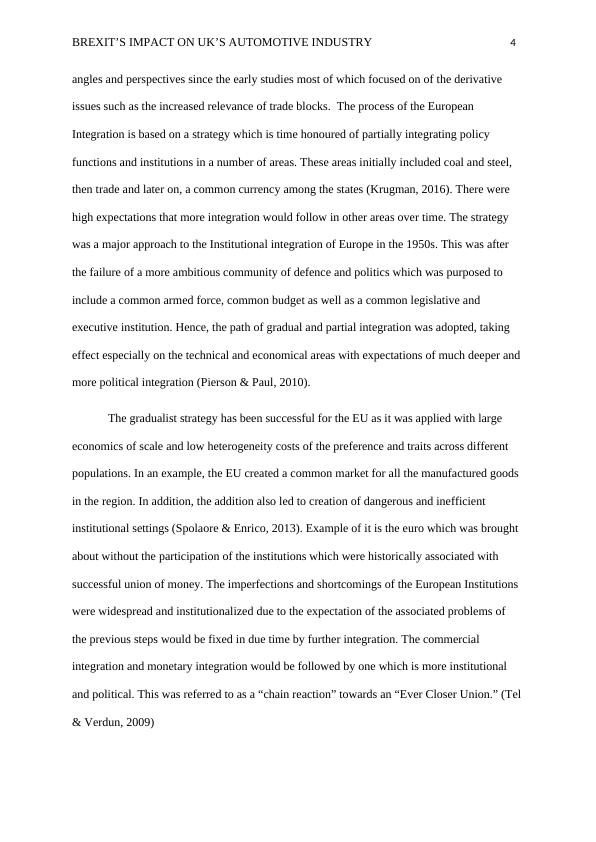Effects of Brexit on the Automotive Industry of the UK
Analyse potential impact of the Brexit on a company of your choice trading on the UK as well as on the EU-27 markets. What kind of benefits and threats could it face? Develop a strategy it could use to exploit potential opportunities and avert threats?
Added on 2023-05-27
About This Document
This article discusses the impacts of Brexit on the UK's automotive industry, with a focus on the Nissan Company. Mitigation models and opportunities for Nissan are also discussed.
Effects of Brexit on the Automotive Industry of the UK
Analyse potential impact of the Brexit on a company of your choice trading on the UK as well as on the EU-27 markets. What kind of benefits and threats could it face? Develop a strategy it could use to exploit potential opportunities and avert threats?
Added on 2023-05-27
End of preview
Want to access all the pages? Upload your documents or become a member.




